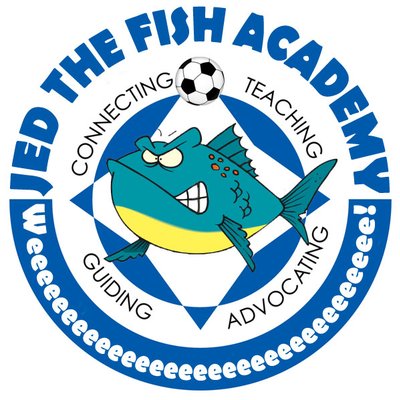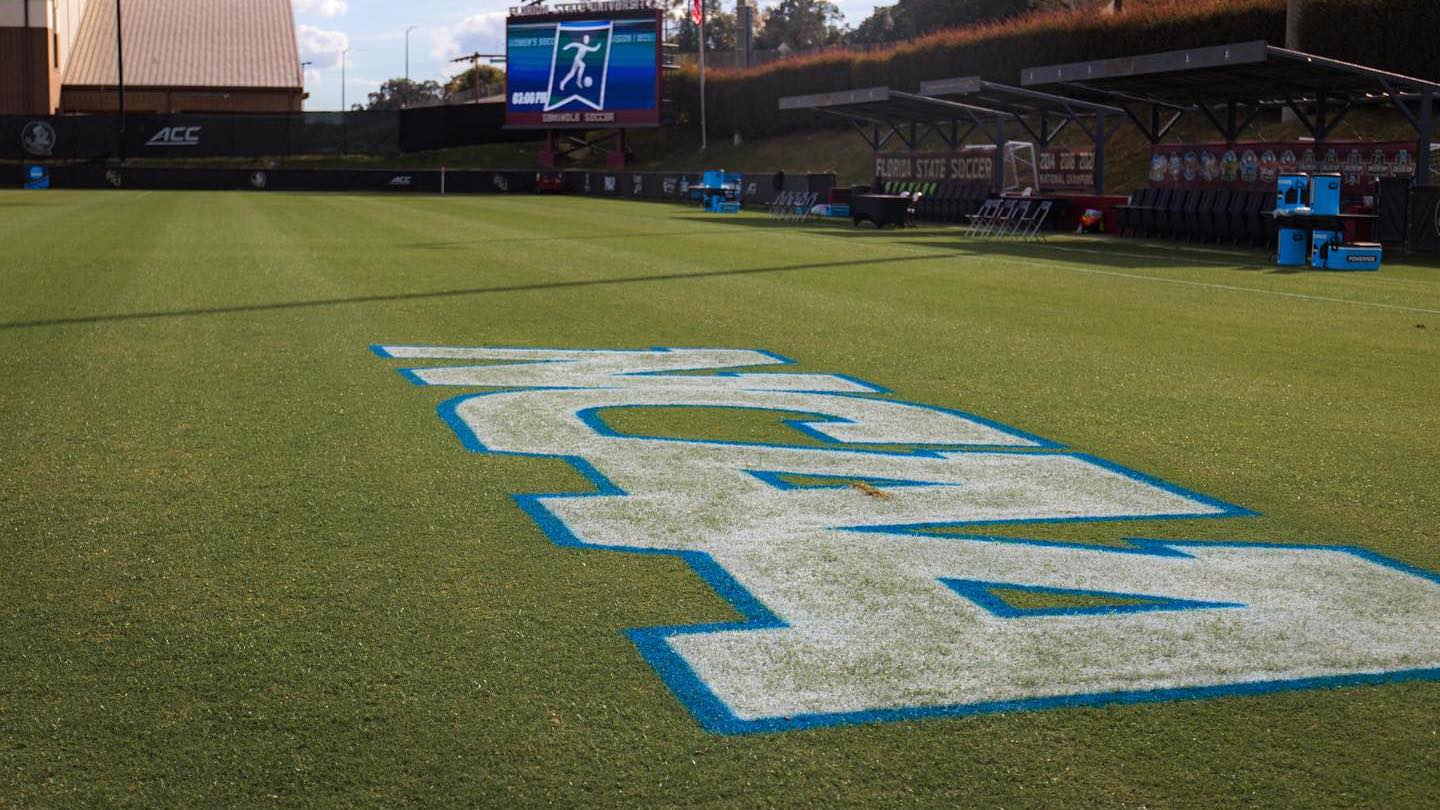As described in Part 1 and Part 2 of my analysis regarding the fallout from the House v. NCAA settlement, massive changes are coming to the entire college soccer recruiting landscape.
In this article, I will help clarify the deeper meaning behind the NCAA’s recently-approved ‘increase in scholarships‘ for women’s college soccer, and how that news is actually not going to prevent NCAA Division 1 roster sizes from shrinking in the coming years.
A comment from one of the most successful college coaches in the U.S. might have said it best: “The ONLY way Women’s Soccer recruiting will not change drastically (especially for 2025s and 2026s) is if the NCAA suddenly doesn’t have to pay the $2.8 billion they agreed to, which will obviously never happen.”
So with that said, while the surface-level talk of an ‘increase in scholarships’ may sound promising at first glance, that unfortunately doesn’t paint a full picture of how the recruiting landscape is expected to change in women’s college soccer.
While true to an extent, they failed to mention WHY there will be a potential increase, which is the most important part, and why the college coach above made that statement to me in a private conversation. While the decision does mean that D1 programs will be able to now offer 28 full scholarships for women’s soccer (if approved when all of these details of the overall NCAA lawsuit become finalized), it also means that another hugely important factor will be announced at the same time.
According to ‘leaked possible rulings’ (remember, nothing is official and can change between now and late fall), there will also be NO MORE WALK ON OPPORTUNITIES, meaning that every player on a D1 college roster (max of 28 players) will be required to be on a FULL SCHOLARSHIP.
The chances of most D1 college programs being able to afford to make that happen, is zero. So in reality, most D1 programs will still need to cut their rosters. And as many of the top women’s soccer coaches in the U.S. told me weeks ago, that means the most likely roster size that most D1 programs will be able to ‘afford’ will be 22-24 players.
Unfortunately for 2025s and 2026s, that still means a significant decrease in the roster spots that will be available. The average roster size is currently around 28, with many programs having closer to 35. And as mentioned in previous articles, that means all the players who will have to be cut by their current programs will need to go somewhere. As a result, there will be a ‘downstream effect’ with many of these players transferring to mid-majors and other smaller D1 programs, as well as D2 and D3 programs.
With the upcoming transfer portal expected to see an unprecedented volume of movement, the Class of 2026 is going to be heavily impacted, as they will be competing with more players for fewer roster spots. This also comes at a time when the youth soccer landscape has expanded significantly in recent years, with the competition for scholarships already at an all-time high.
Another thing to consider is that a growing number of Class of 2025 recruits have recently been told that they no longer have their earlier verbal offers, as college coaches are already taking steps to downsize their rosters for future seasons. Currently these are only preemptive actions, and once all the rules become finalized later this year, many more 2025 recruits are expected to have their current verbal offers rescinded.
Those players will also have to find new programs ‘downstream’ of their current verbal commitments, which will impact the Class of 2026 as well.
This entire mess means that college coaches have already started to explain to 2026 recruits that an unofficial ‘recruiting pause’ is already underway, and it won’t end until their roster sizes are finalized later this fall.
This is also a reason for recommending recruits use caution. For instance, if a recruit has an ‘unofficial visit’ scheduled (and this applies to many official visits too), an overwhelming majority of those visits won’t end with an offer. And if an offer does happen, I would immediately ask the coach: ‘Will this verbal offer be rescinded if your roster size ends up lower than you project?’
If the coach can’t say ‘absolutely not’, I would again recommend using massive caution and even keep your recruiting window open. This question alone will tell you if you are, in that coaching staff’s mind, a 1-2% top recruit, because every single college coach I trust has made it clear that the recruits on the very top of their recruiting board will be the only recruits getting an actual offer until late fall. Obviously, there will always be a handful of exceptions.
In the end, just understand that nothing has changed in terms of the upcoming increased difficulty for 2026 recruits, and there is still excepted to be a significant decrease in total rosters spots. Also, make sure you accept the fact that the timeline for most potential offers is now late fall, most likely before National Signing Day in November. Adjusting your realistic expectations will be extremely helpful, as well as using this situation as motivation for developing all parts of your game, in order to give yourself the best shot at landing a college roster spot.
(Read Part 1 and Part 2 of recruiting expert Jerry Penkala’s analysis, with more details on the coming changes to college soccer.)








